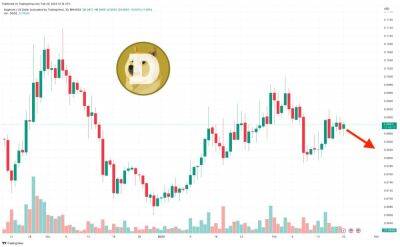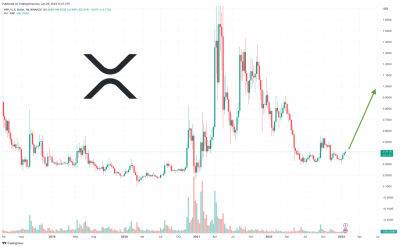What is an ascending triangle pattern and how to trade it?
Market analysts rely on many technical indicators to anticipate future trends, one of which is the very-popular ascending triangle chart pattern.
As the name indicates, an ascending triangle on a chart forms when the price consolidates between a rising trendline support and a horizontal trendline resistance.
The pattern typically appears during persistent uptrends or downtrends. Most technical analysts see it as a "continuation pattern," meaning the general market trend is likely to resume.
For example, the Bitcoin (BTC) price chart above shows the BTC/USD trading pair form an ascending triangle pattern between April 2020 and July 2020.
BTC price breaks out of the triangle range in late July to the upside, returns to retest the pattern's resistance trendline as support in September for further bullish confirmation, resuming its uptrend.
However, the ascending triangle is not always a bellwether for bullish continuation, particularly in bear markets. For instance, its occurrence during the 2018 bear markepreceded more downside, as shown in the Ether (ETH) price chart below.
The are also instances when ascending triangles have signaled the end of bear markets. One is Ethereum's triangle formation between March 2020 and April 2020, which led to a trend reversal to the upside, as shown below.
So, given these variations in outcome, how do traders use this chart pattern to help reduce risk and better prepare for the next move? Let's take a closer look.
The ascending triangle has a widely-tracked measuring technique that could help traders identify their profit targets following a breakout or breakdown.
Related: Cryptocurrency investment: The ultimate indicators for crypto trading
The target in a bull trend is measured by taking the
Read more on cointelegraph.com


 cointelegraph.com
cointelegraph.com




![Burnished TRX [TRON] looks set to scale to new heights- Here’s why - ambcrypto.com](https://gocryptonft.com/storage/thumbs_400/img/2023/2/20/89054_tp1.jpg)















